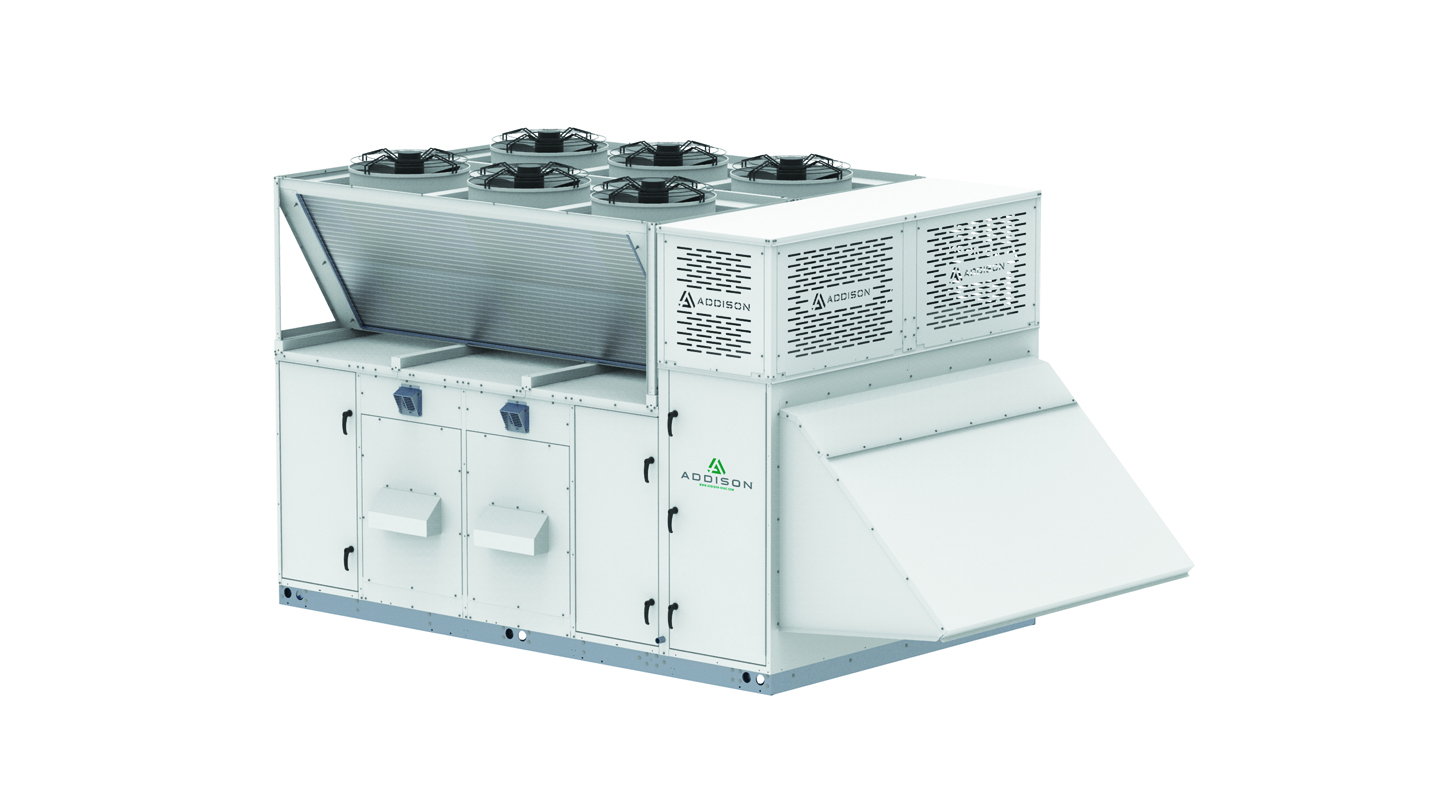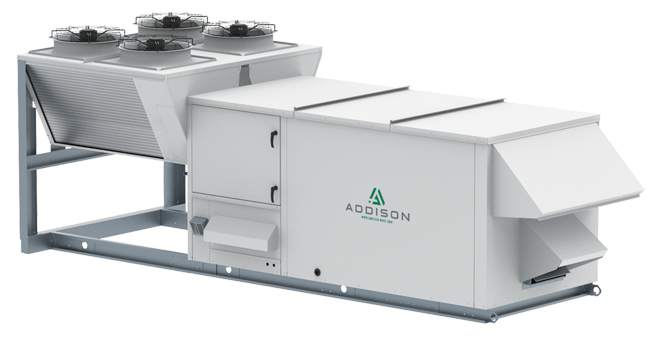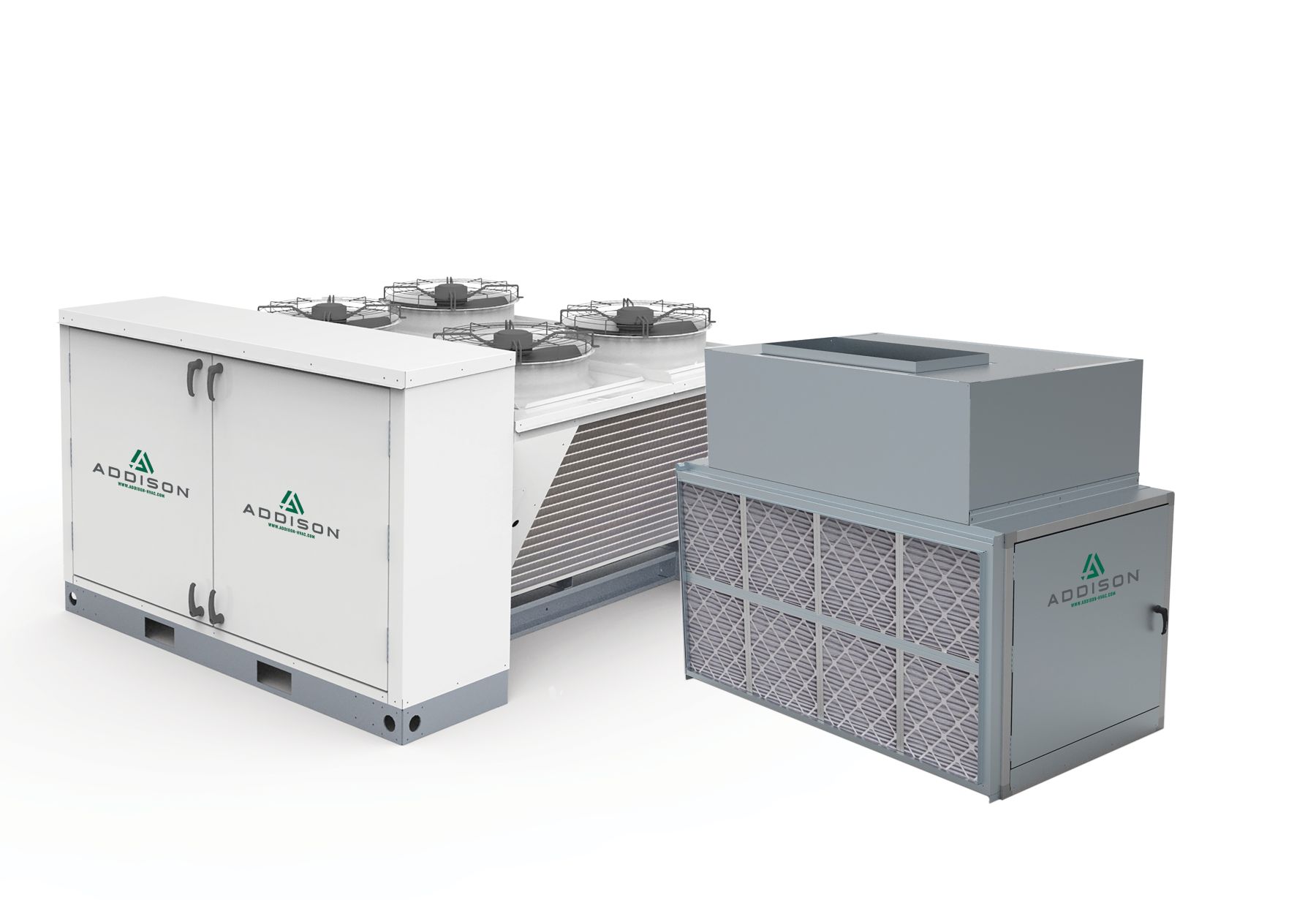Education

EDUCATION
FRESH AIR FOR K-12 Schools
If recent events have taught us anything, it’s that the importance of providing clean, fresh, conditioned air into classrooms is extraordinarily important. Adding increased levels of fresh air not only benefits the children working on their education, but provides a safer, healthier, and more productive indoor environment for teachers and staff.
Leading agencies such as the WHO (World Health Organization), ASHRAE (American Society of Heating Refrigeration and Air Conditioning Engineers), and REHVA (The Federation of European Heating, Ventilation and Air Conditioning Associations) have all recommended increased fresh air ventilation to increase the indoor air quality of building spaces.
- Airborne particles such as viruses are not continually recirculated, but exhausted out of the building via continual air exchanges
- Keeping humidity levels steady at an optimum level to prohibit the ability of viruses, bacteria, and mold to reproduce and function
- Diluting airborne contaminates such as VOCs (Volatile Organic Compounds), CO2, and other off-gas from furniture and other building materials
- Make-up air for exhaust from kitchens, bathrooms, and
other operations within the school
SAFER, HEALTHIER MORE PRODUCTIVE.
In the ever-evolving world of education, municipalities are continually challenged to provide the right environment that encourages learning. Additionally, increasing environmental regulation, both energy usage and the indoor environment can pose even more challenges. Adding Addison units to bring clean, fresh air into the classroom can solve several of these challenges all in one convenient package.
Increased Comfort
Many schools utilize standard unitary systems with a low mixture of outdoor air. This outdoor air is typically poorly treated and can increase humidity levels in the space. Many systems overcool the space to try and compensate for the extra moisture. Addison products utilize liquid subcooling and dual circuit reheat for maximum heat reclaim to prevent overcooling in the space.
HUMIDITY CONTROL
Humidity has a tremendous impact on indoor comfort. In high-humidity climates, typical unitary systems struggle to maintain proper levels. Poor humidity control can negatively affect the indoor air quality within the space. Addison units effectively control humidity in the complex school environments, where conventional air conditioning falls short.
DEMAND CONTROL VENTILATION
It takes a lot of energy to condition outside air for ventilation, so it’s important to provide only as much ventilation air as the occupants require. Addison pioneered the technology that allows a packaged DX DOAS unit to vary CFM in response to occupancy in single or multi-zone applications.
- Schedule ventilation based on student occupancy, for example the cafeteria during lunch, or the gym during PE classes
- Vary ventilation based on CO2, VOC, or both for the space based on in-classroom sensors
- Control humidity levels during unoccupied periods such as summer vacation or spring/fall breaks

AK SERIES
Compact, lightweight footprint for replacement and
space constrained dedicated outdoor air applications.
Capacity: 10 – 90 Tons

PR SERIES
A full suite of options and capacities to fit any application or building requiring dedicated outdoor air.
Capacity: 3 – 100 Tons

M SERIES
Modular dedicated outdoor air and recirculating air split
systems designed for easy installation into any space.
Capacity: 3.5 – 80 Tons
